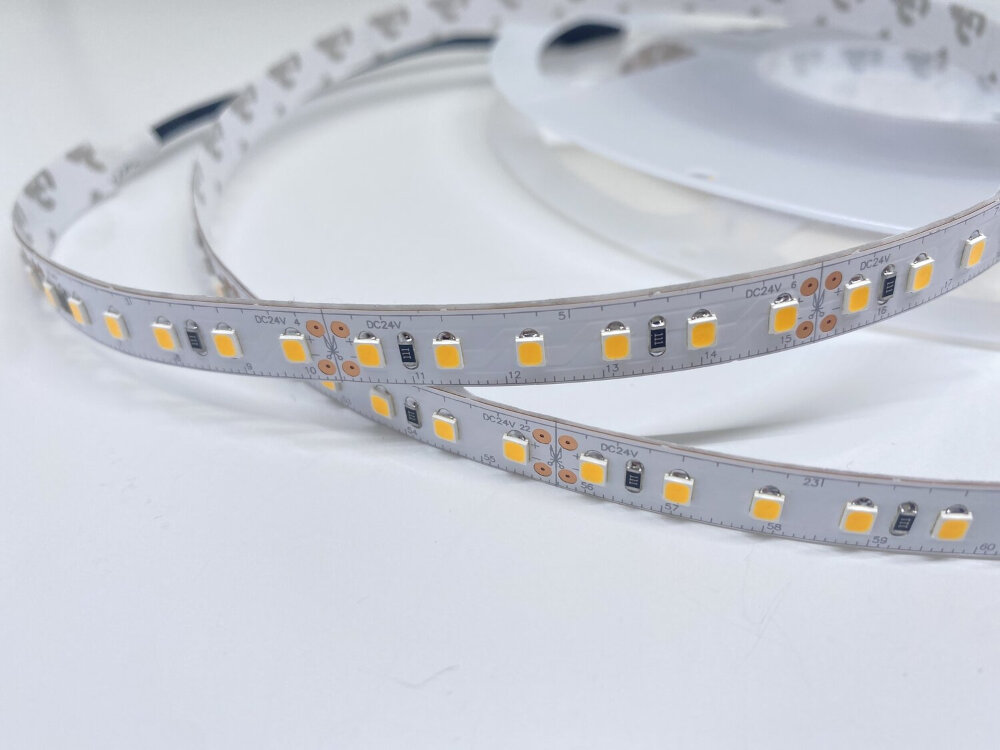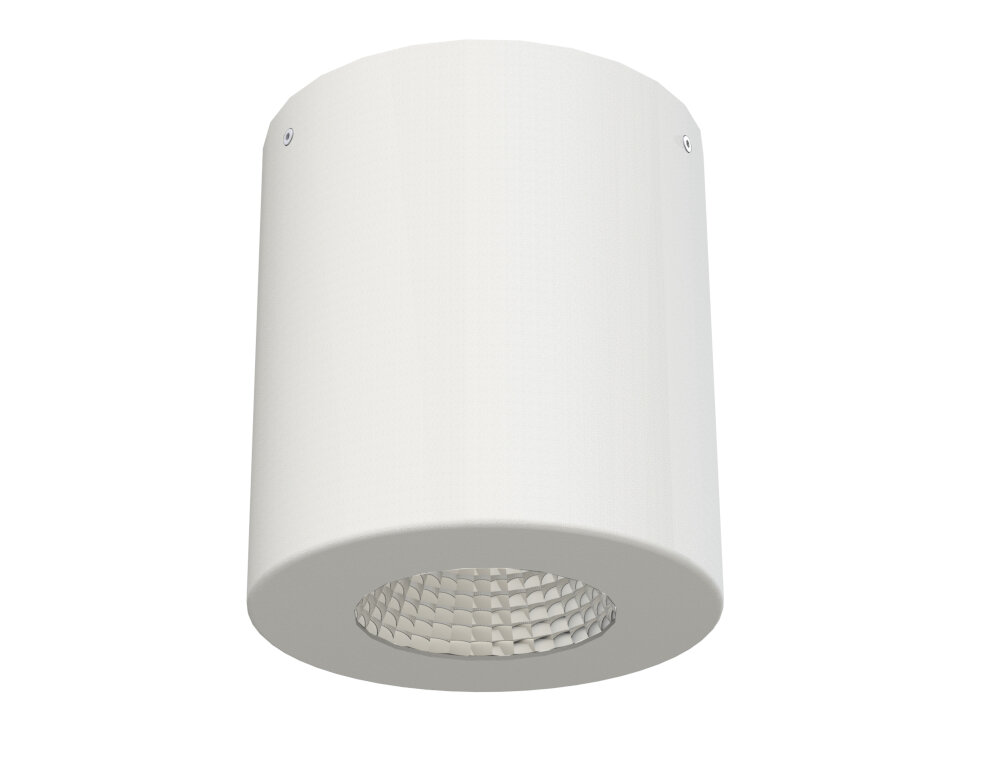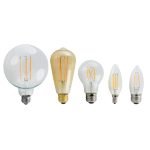DIY Guide: How to Make LED Tail Lights for Your Car

If you’re in the mood for a fun and challenging DIY project, making LED tail lights for your car may be just what you need. Not only will you be able to personalize your car’s look, but you will also be able to enjoy the satisfaction that comes with creating something with your own hands. In this DIY guide, we will walk you through the steps of making LED tail lights for your car, from selecting the right materials to installing the finished product. LED tail lights are a popular choice among car enthusiasts because of their brighter and more energy-efficient lighting. Plus, they can be customized to give your car a unique look. However, buying aftermarket LED tail lights can be expensive, so making your own can save you money while giving you a chance to showcase your creativity. With some basic tools and a little bit of patience, you can create LED tail lights that not only look great but also function just as well as the ones you would buy from a store. So, let’s get started!
LED tail lights are a modern alternative to traditional incandescent bulbs. Instead of using a filament to create light, they rely on a semiconductor to produce light using less energy. LED tail lights offer several benefits, including improved visibility, increased lifespan, and a more stylish appearance. They produce a brighter, more vibrant light that is easier to see in all weather conditions, making them safer on the road. LED lights also last longer than incandescent bulbs and require less maintenance. In addition, they offer a wider range of design options, allowing for more customization and personalization of your vehicle. Overall, upgrading to LED tail lights is a simple and cost-effective way to improve your car’s performance and appearance.
To create LED tail lights for your car, you will need a variety of tools and materials. Firstly, you will require LED strips or clusters, which are available in different colors and lengths. You will also need a soldering iron, soldering wire, and heat shrink tubing to ensure a secure and durable connection between the LED strips and power source. Additionally, you will need a multimeter to test the electrical connections, a wire stripper and cutter to prepare the wires, and a heat gun or hair dryer to shrink the tubing. Other essential tools include a screwdriver, pliers, and electrical tape. It is important to have all the necessary materials and tools before starting the project to ensure a smooth and successful DIY experience.
Planning the Project

Planning the project is the key to successful execution of the DIY guide on how to make LED tail lights for your car. This is an essential phase as it involves outlining the scope of the project, defining objectives, setting timelines, and allocating resources necessary for the project. It is important to have a clear understanding of the project’s goals, as this will help establish the necessary requirements and constraints. This phase involves brainstorming ideas, identifying potential risks and limitations, and determining the feasibility of the project. Once the objectives are clear, the project team can proceed to the next phase of the project. During the planning phase, it is important to take into account the budget, timeline, and the resources needed for the project. This will help in determining the scope of the project and identifying the work required to complete the project successfully. The project plan should also include a risk management plan, which outlines the potential risks and how they will be managed. Additionally, the project team should develop a communication plan to ensure that all stakeholders are informed about the project’s progress. Proper planning is critical to creating a successful DIY guide on how to make LED tail lights for your car.
Research and finding inspiration is crucial when it comes to taking on a DIY project like making LED tail lights for your car. One should first gather all the necessary information on how to make the lights and what materials are required. This can involve looking at various online tutorials or videos, as well as consulting with experts in the field. Inspiration can come from a variety of sources, such as looking at other DIY projects or car modifications. It is important to keep an open mind and be creative when it comes to designing the LED tail lights, as this will ensure that the end result is unique and visually appealing. With proper research and inspiration, anyone can successfully make their own LED tail lights for their car.
Sketch designs and finalize a plan is a crucial step in making LED tail lights for your car. Before jumping into the process, it is essential to have a clear understanding of what you want to achieve. Take time to sketch out your ideas, exploring different designs and configurations. This will help you visualize the end product and identify any potential issues before starting the actual work. Furthermore, it is essential to finalize a plan that includes a detailed list of required materials, tools, and steps to follow. A well-thought-out plan will save you time and ensure that you have all the necessary elements to make high-quality LED tail lights that meet your expectations.
Before starting the process of making LED tail lights for your car, it is important to have a comprehensive list of all the required materials. Some of the essential materials include LED bulbs, resistors, wires, heat shrink tubing, and a soldering iron. Additionally, you will need a drill, pliers, wire strippers, and a heat gun to complete the installation process. It is also recommended to purchase a tail light kit that includes all the necessary materials for the project. As with any DIY project, having all the required materials beforehand will save time and ensure that the project runs smoothly. So, take the time to create a list of materials and gather everything before starting the process of making LED tail lights for your car.
Preparing the Materials

Preparing the materials is a crucial step in making LED tail lights for your car. First and foremost, you need to gather all the necessary tools and components. This may include LED lights, resistors, wires, soldering iron, heat shrink tubing, and a multimeter. It is recommended to purchase high-quality materials to ensure the durability and efficiency of your DIY LED tail lights. You can buy these items from an electronics store or online marketplaces. Make sure to double-check the specifications and compatibility of the components with your car model. After you have acquired all the materials, the next step is to prepare them for assembly. Start by organizing the components and tools neatly on a clean and flat surface. Measure and cut the wires to the required length and strip the ends to expose the copper wires. To avoid confusion, label the wires according to their function (e.g., brake light, turn signal, ground). Carefully solder the LED lights and resistors onto the wires, ensuring proper polarity and connection. Use heat shrink tubing to cover the soldered joints and prevent any short circuits. By properly preparing the materials, you can ensure a smooth and efficient process in making your DIY LED tail lights.
One of the essential components of making LED tail lights for your car is purchasing the right materials. It’s crucial to select high-quality materials that will ensure the durability and longevity of your LED tail lights. The materials needed for this project include LED strip lights, resistors, wires, soldering iron, solder, heat shrink tubing, and a power source. When purchasing LED lights, it’s important to choose the right color, size, and brightness that will match your car’s design and meet safety standards. Additionally, selecting the right gauge of wire and resistors will ensure that the current flow is regulated and prevent damage to the LED lights.
Once you have acquired the acrylic sheets, the next step is to cut them to the desired size and shape. This task can be accomplished using a jigsaw or a circular saw with a fine-toothed blade. Before cutting, ensure that the acrylic is secured in place to prevent it from moving around during the process. You can use clamps or double-sided tape to hold it in place. Take your time with the cutting process and make sure that the edges are smooth and even. If necessary, use sandpaper to smooth out any rough edges. Once the acrylic sheets are cut to the desired size and shape, they are ready for the next step in making your own LED tail lights for your car.
Soldering the LED lights and resistors together is a crucial step in creating custom LED tail lights for your car. The process involves heating a metal alloy, typically composed of tin and lead, until it melts and adheres to the components being joined. This creates a strong and durable connection between the LED lights and resistors, ensuring proper functionality and longevity. It is important to use the appropriate soldering tools, such as a soldering iron and flux, to achieve a clean and reliable solder joint. With patience and attention to detail, soldering the LED lights and resistors together will result in a professional-looking set of tail lights that will add a unique and stylish touch to your vehicle.
Before installing your newly made LED tail lights onto your car, it is crucial to test them beforehand. Testing the lights will ensure that they are functioning correctly and will prevent any potential accidents while driving. To test the lights, connect them to a power source and check if all the LEDs are lighting up as intended. Additionally, it is recommended to test the lights in different lighting conditions to verify their visibility from different angles. By conducting a thorough test, you can be confident that your LED tail lights are safe and reliable, making your driving experience more enjoyable and secure.
Assembling the Tail Lights

Assembling the tail lights is a crucial step in making LED tail lights for your car. To begin with, gather all the components required for the assembly process, including the LED lights, resistors, wires, and connectors. The next step is to drill holes in the tail light assembly to fit the LED lights. Ensure that the holes are of the correct size and shape. Once the holes are drilled, insert the LED lights into the holes and secure them with adhesive tape. Then, connect the resistors to the LED lights to regulate the current flow, and attach wires to the resistors. Make sure that the wires are properly connected to the LED lights and resistors, and then insert the wires into the connectors. Finally, check the assembly to ensure that all the connections are secure, and test the tail lights to ensure that they are functioning correctly. Assembling the tail lights requires attention to detail and a steady hand, but with the right tools and knowledge, anyone can do it.
To create the LED tail lights for your car, it’s important to glue the acrylic sheets together. This is a crucial step in the process, as it will hold the entire structure together and ensure that the lights are secure and stable. There are several types of glue that can be used for this purpose, including acrylic adhesive and epoxy resin. It’s important to choose the right type of glue for your specific project, as each one has its own unique properties and strengths. Once the glue has been applied to the acrylic sheets, they should be carefully aligned and pressed together firmly. It’s important to allow the glue to dry completely before continuing with the rest of the project to ensure a strong and secure bond.
Inserting LED lights into acrylic sheets is a crucial step in making LED tail lights for your car. To start, you will need to measure and cut the acrylic sheets to the desired size and shape. Once the acrylic sheets are cut, you can then drill holes for the LED lights and insert them. It is crucial to ensure the LED lights are evenly spaced and aligned correctly to achieve a professional finish. It is also essential to use the appropriate wiring and connectors to connect the LED lights to the power source. Overall, inserting LED lights into acrylic sheets can be a challenging task, but with the right tools and techniques, you can create stunning tail lights for your car that will make it stand out on the road.
After assembling the LED tail lights, the next step is to connect wires to them and test again. This is a crucial step in the DIY process as it ensures that the lights are working correctly and are wired up correctly. It is advisable to use a multimeter to test the lights and make sure that the voltage is correct. Once the wires are connected, it is essential to check that the lights are functioning correctly by turning on the car’s ignition and checking the tail lights. If the lights are working correctly, then the DIY project is complete. If not, then it is necessary to troubleshoot and identify the issue before proceeding.
Installing the Tail Lights

Installing the tail lights is a crucial step in building your own LED tail lights for your car. First, you need to gather all the necessary materials, including the LED lights, wires, and connectors. Once you have everything you need, you can start the installation process by removing the old tail lights from your car. This can be done by unscrewing the bolts that hold the lights in place and gently pulling them out of the sockets. Next, you will need to connect the wires from the LED lights to the wires in your car’s electrical system. This can be done by using connectors or by splicing the wires together. It is important to make sure that the wires are properly connected and secured to prevent any electrical issues or shorts. Once the wiring is complete, you can insert the LED lights into the sockets and secure them with the bolts. Finally, you should test the lights to make sure they are functioning properly before finishing the installation process. Overall, installing the tail lights is a straightforward process that requires some basic electrical knowledge and careful attention to detail.
To begin this DIY guide on how to make LED tail lights for your car, you will first need to remove the existing tail lights. This step is crucial as it allows you to access the wiring and mounting points necessary for installing your new LED lights. Depending on your car model and make, removing the tail lights can be relatively easy or require some effort. You may need to unscrew bolts, clips, or pry off panels to access the tail lights. It’s important to be careful not to damage any other components while removing the tail lights. Once the old tail lights are removed, you can proceed with installing the new LED lights and wiring them properly.
Mounting the new LED tail lights on your car is an essential step in upgrading your vehicle’s lighting system. Begin by removing the old tail lights from your car and cleaning the mounting area thoroughly. Then, attach the new LED tail lights to the mounting area using screws or adhesive, depending on the design of your lights. Ensure that the new lights are properly aligned and securely attached to prevent any water or dust from entering. Once the lights are mounted, connect the wiring to ensure that they function correctly. Finally, test the lights to ensure that they are working correctly before hitting the road. The new LED tail lights will enhance the aesthetic look of your car while providing brighter, more efficient lighting for superior visibility and safety.
After assembling the LED lights, it is time to connect them to your car’s electrical system. Locate the wiring harness in your car and determine which wires are for the tail lights. Then, connect the corresponding wires from the LED lights to the car’s electrical system using wire connectors or soldering. Make sure to secure the wires with electrical tape or zip ties to prevent any loose connections. It’s crucial to test the lights before finalizing the installation to ensure they work correctly. Connecting the wires to the car’s electrical system may seem daunting, but with the right tools and knowledge, it can be a straightforward process.
Making your own LED tail lights is a rewarding and cost-effective project that can provide numerous benefits. Firstly, LED lights offer a brighter and more efficient lighting solution compared to traditional bulbs, making them safer and more reliable. DIY LED tail lights also offer the opportunity for customization, allowing you to create a unique look for your car. Additionally, the process of making your own LED tail lights can be a fun and engaging project for car enthusiasts who enjoy tinkering with their vehicles. Overall, taking on this DIY project can enhance the safety, aesthetics, and personalization of your car while providing a satisfying sense of accomplishment.
If you’re looking to add a personal touch to your car’s tail lights, this DIY project is definitely worth a try. Not only will it give your car a unique look, but it’s also a fun and rewarding experience to work on. Plus, with the step-by-step instructions provided, even those with little to no experience in electronics can easily follow along. Imagine the satisfaction of seeing your own handiwork every time you drive your car! So go ahead and give it a shot, you might surprise yourself with how well you can do.
When it comes to troubleshooting and maintaining your LED tail lights, there are a few tips you should keep in mind. First, always check the wiring and connections to ensure they are secure and free from any damage. If the lights are not working, try replacing the fuses or checking the voltage of the battery. Additionally, it’s important to clean the lenses regularly to prevent any build-up of dirt or debris, which can affect the brightness of the lights. Finally, consider investing in a quality LED tail light kit that is easy to install and comes with a warranty. By following these tips, you can ensure that your LED tail lights remain in top condition and provide optimal visibility on the road.
Conclusion

In conclusion, making LED tail lights for your car is a fun and rewarding DIY project that can enhance the look and safety of your vehicle. With the right tools and materials, anyone can create customized tail lights that are unique and stylish. Not only does this project allow you to express your creativity, but it also provides an opportunity to learn new skills and gain a deeper understanding of automotive lighting systems. So why not give it a try? By following this guide and putting in some time and effort, you can create a set of LED tail lights that will make your car stand out on the road.



